Speech Synthesizer for the Yaesu FT-817
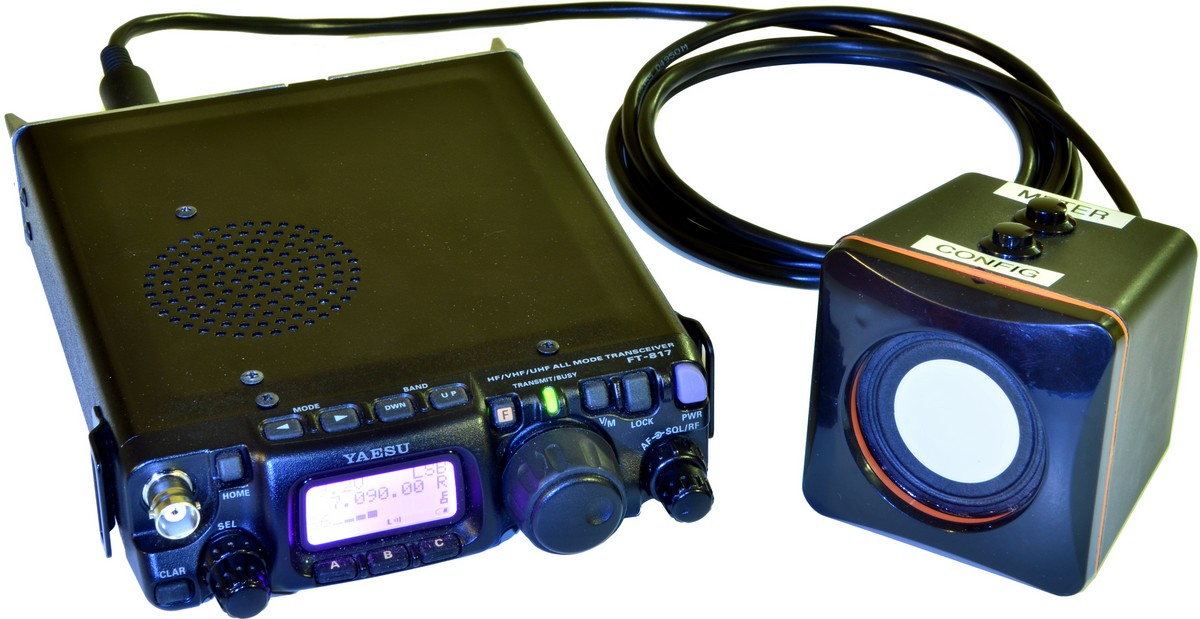
Effie and Rachel
Introduction
We think “Effie”, that is Julie’s pet name for her Yaesu FT-817, is a fantastic little rig! It is perfect for SOTA and portable operation in parks. So it can be forgiven for not having a built-in speech synthesiser like some of the bigger rigs. This construction project is for anyone wanting to give this popular little radio a voice of its own. Since everything has to have a name, we called this project “Rachel” after the rather sultry-sounding, synthetic British female voice we used for the text-to-speech conversion.
The real inspiration for Rachel was to allow a group of our School Amateur Radio Club students to hear the rig’s frequency, mode and signal strength without all having to check on its tiny display. They can now more easily fill in their logbooks whenever they hear a new station on the air. Since Rachel can also annunciate all of the radio’s menu items and settings, she could be useful for operators with vision-impairment.
You can think of Rachel as an accessibility option for the Yaesu FT-817 transceiver: She reads out the radio’s frequency, mode and menu settings whenever they are changed via the front-panel controls; she is powered by the radio’s accessory port and has her own, small, built-in speaker. Rachel can also be dressed in her in-line outfit for connecting your own headphones and amplified speakers.
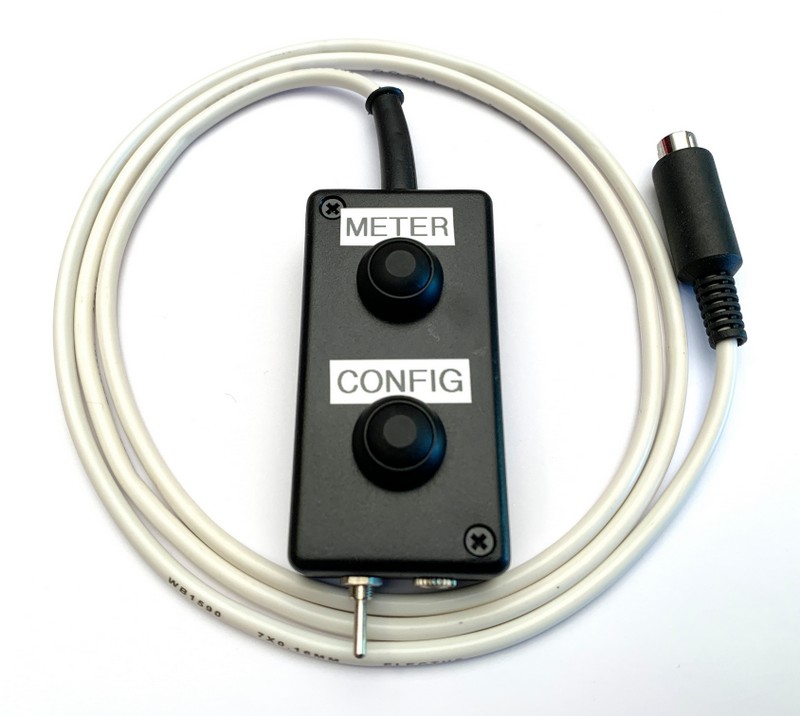
Rachel's In-Line Outfit
Components
Rachel comprises a Pro Micro 5V/16MHz Arduino-compatible microcontroller board ($7), a Catalex Serial MP3 player board ($4), a 3kΩ:3kΩ audio transformer ($5), a 2GB micro SD card ($1), a rig interface cable ($2) and an LM7805 5V, regulator IC ($1); all housed in a mini, USB-powered, amplified PC speaker box ($8); or a zippy box ($5) with a 3.5mm phono jack ($3). These components are all readily available on-line.
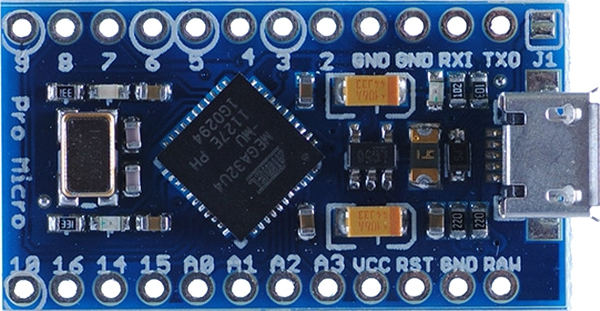
Pro Micro 5V/16MHz Arduino-compatible microcontroller
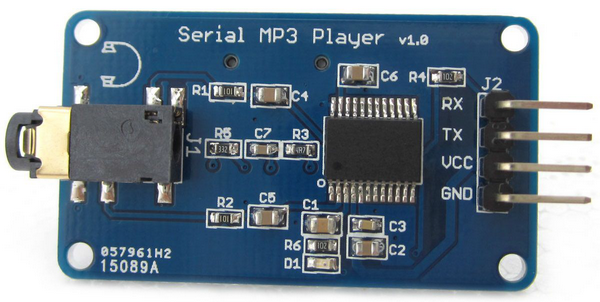
CATALEX MP3 Player - Front
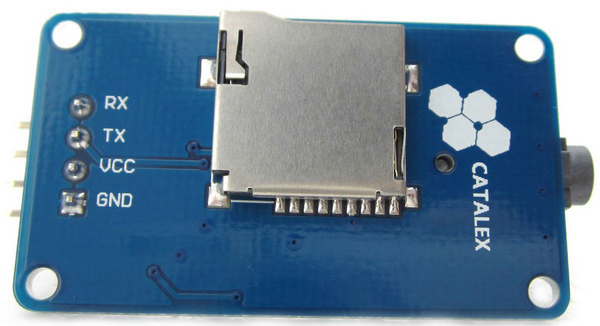
Catalex MP3 Player - Rear
Construction
Construction is straight forward: The controller and MP3 player boards are sandwiched together with double sided tape. All internal wiring is done using solderable, enamelled copper wire. This saved us an awful lot of wire-stripping. The USB powered, amplified PC speakers usually come in pairs, but you only need the one with the amplifier in it. All other USB and audio cables can be removed. While all Rachel’s components can fit into the mini speaker case, you might prefer to mount them in a separate enclosure and use an unmodified speaker. An AC powered speaker would certainly have more volume than a small USB powered speaker, but it would not be as portable. The FT-817 accessory connector is wired as shown using pins 5 (RXD), 4 (TXD), 3 (GND) and 1 (+13.8V).
Software
The Arduino compatible microcontroller is programmed through a micro USB jack, connected to a PC running the Arduino IDE software.
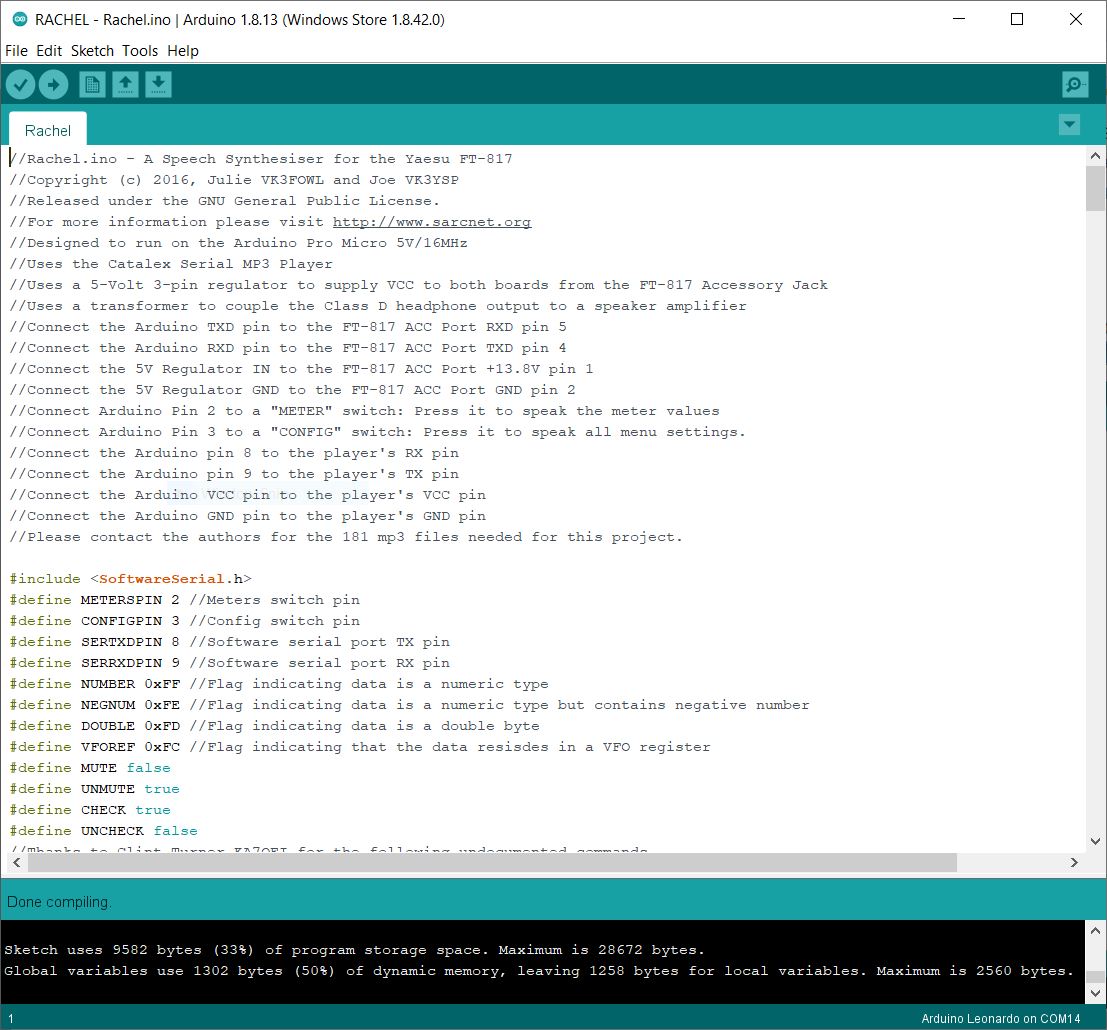
Rachel sketch on Arduino IDE
Operation
- Connect Rachel to Effie’s ACC port.
- Connect headphones or an amplifed speaker if using the in-line outfit.
- Power up Effie.
- Rachel will readout Effie's frequencies and modes whenever they change.
- Press the METER button while receiving for an S-METER readout.
- Press the METER button while transmitting on TX for PWR , ALC , MOD, SWR.
- Press the CONFIG button for a readout of the entire radio configuration (takes 5½ mins).
- Press the METER button to cancel the CONFIG readout.
Pictorial Schematic
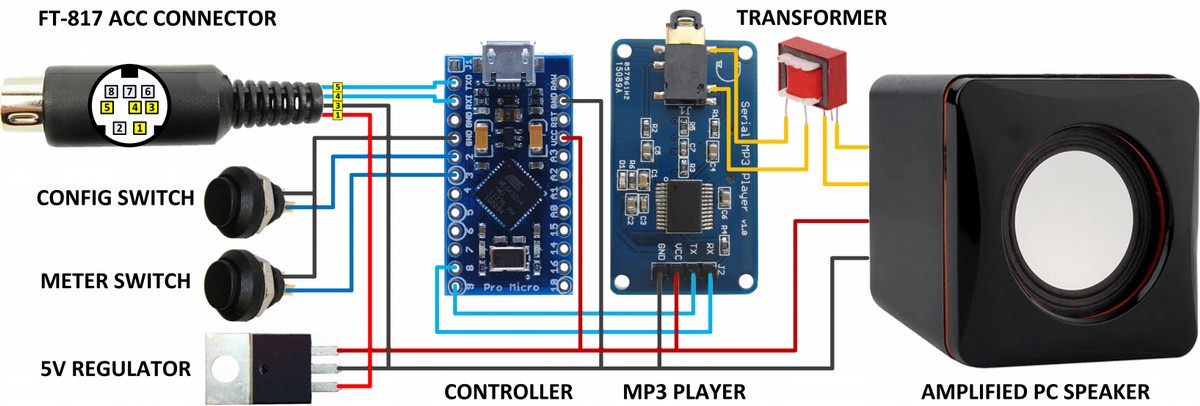
Rachel Pictorial Schematic
How Rachel Works
Power for the microcontroller, MP3 player and the speaker amplifier comes from the FT-817 accessory connector via the 5-volt regulator IC. Please disconnect Rachel when not in use as the power output from the radio is not switched. The microcontroller board connects between the radio’s CAT port and the MP3 player’s control port. The microcontroller’s hardware serial port is used for communicating with the rig at 34.8k Baud. You need to adjust the FT-817’s menu item 14 “CAT RATE” to suit. A software serial port is used for sending “play” commands to the MP3 Player at 9600 Baud. There are two press-buttons connected to the microcontroller: The METER switch is used to report the receiver signal strength (or the transmitter power, SWR, ALC and modulation while transmitting). The CONFIG switch is used to provide a complete readout of the radio’s configuration – which takes a good five and a half minutes to read out! Pressing the METER switch will cancel the CONFIG readout. The MP3 player connects to the PC speaker’s internal amplifier board via a 1:1 audio transformer. The transformer provides isolation and eliminates the clicks and pops caused by the DC offset of the MP3 player’s headphone output.
Rachel uses over 180 pre-recorded MP3 files to speak frequencies, modes and radio settings. The MP3 files were generated by a text-to-speech application. The MP3 Player indexes these files not by their name, but by the exact order they were copied to a 2GB (maximum size) micro SD card. They must be copied to the root directory of the SD card, one at a time in numerical order. Simply copying and pasting the files won’t work. You can do this quickly by creating and executing a DOS batch file in the same folder as the mp3 files. The batch file only needs one command:
“for %%f in (*.mp3) do copy %%f D:\” where D: is the SD card disk.
Rachel’s software constantly monitors the contents of the FT-817’s Electrically Erasable Programmable Read Only Memory (EEPROM), without ever writing to it. This is where all the non-volatile radio settings are stored. The information was reverse-engineered by changing each of the radio’s settings and then monitoring the EEPROM for any changes. A table of the EEPROM addresses and bit masks was constructed for the radio using a small “sniffer” program running on the same Arduino-compatible microcontroller. The Rachel software uses an efficient method of accessing the radio’s meters, multifunction keys, configuration menu settings and band-registers. It reads out the name of any parameter changed and the new value selected. Since the EEPROM maps are different, Rachel does not work with the FT-857 or FT-897. We haven't tested Rachel with the new FT-818. Our Arduino software for Rachel is free, released under the GNU General Public Licence. For a copy, including detailed construction notes, you can contact us at info@sarcnet.org.
References

